Exploring the Best of Lake Atitlán
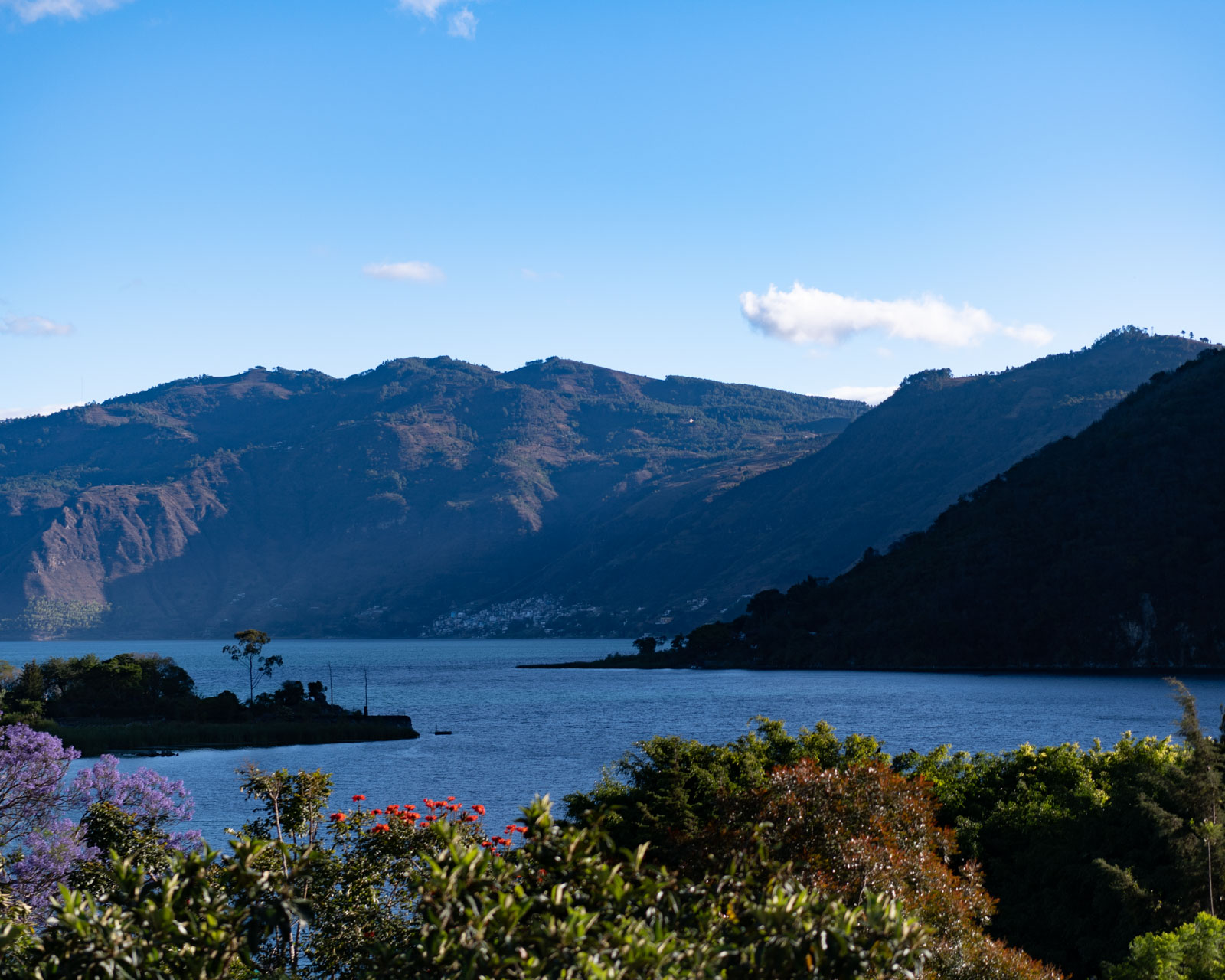
Lake Atitlán ended up being one of the highlights of my time in Guatemala. It’s a huge crater lake surrounded by volcanoes, with small villages that range from quiet to chaotic to spiritual. Each one has its own rhythm, and getting around by boat is part of the experience (just don’t expect a schedule).
One of the main reasons people come to Lake Atitlán is for the view. The lake is clear and blue, backed by San Pedro, Atitlán, and Tolimán volcanoes, and the hills around it are covered in crops. It’s literally postcard perfection! You’ll see coffee plants, banana trees, and maize growing along the slopes—a reminder that people live and work here. It’s not just scenery.
Beyond the landscape. Lake Atitlán is a hub of indigenous culture. Villages like San Juan La Laguna, Santiago Atitlan, and San Marcos La Laguna, are home to Mayan communities that have preserved their traditional way of life and customs. You can learn about their weaving, pottery, and other artisanal traditions and even take part in workshops to learn from the locals themselves.
If you’re looking for adventure, Lake Atitlán delivers. You can hike volcanoes, kayak between villages, or go paragliding for a bird’s-eye view of the lake.
THE BEST THINGS TO DO IN LAKE ATITLÁN
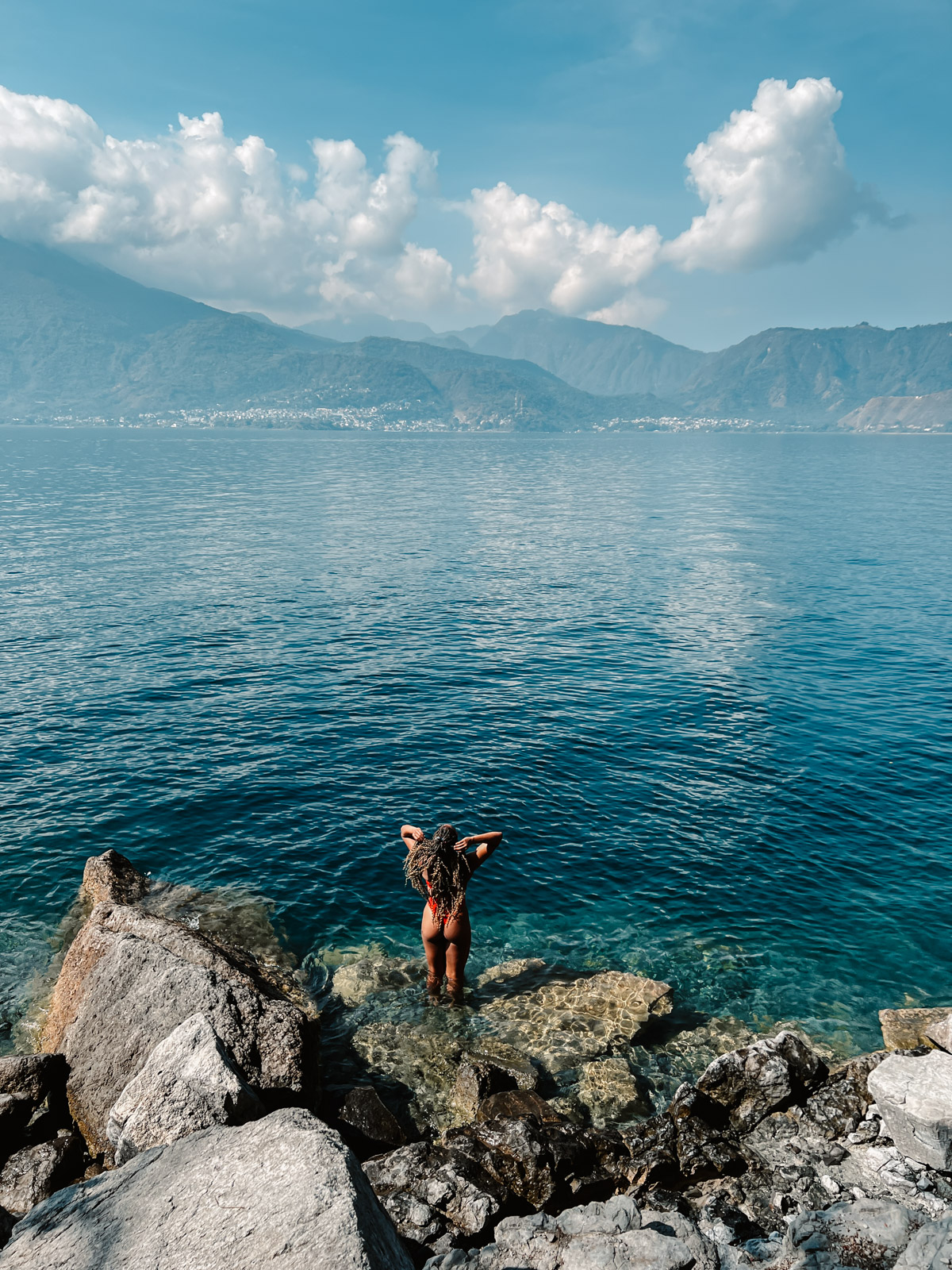
Immerse yourself in the Lake
First things first—get in the water. Lake Atitlán isn’t just for looking at. One of the best access points I found was Cerro Tzankujil Nature Reserve in San Marcos, where this photo was taken.
There’s a short trail with views over the lake, spots to swim, and a 40-foot platform if you’re up for jumping. You can also rent a kayak and paddle around the edge of the reserve. It’s quiet, easy to navigate, and never felt overly crowded.
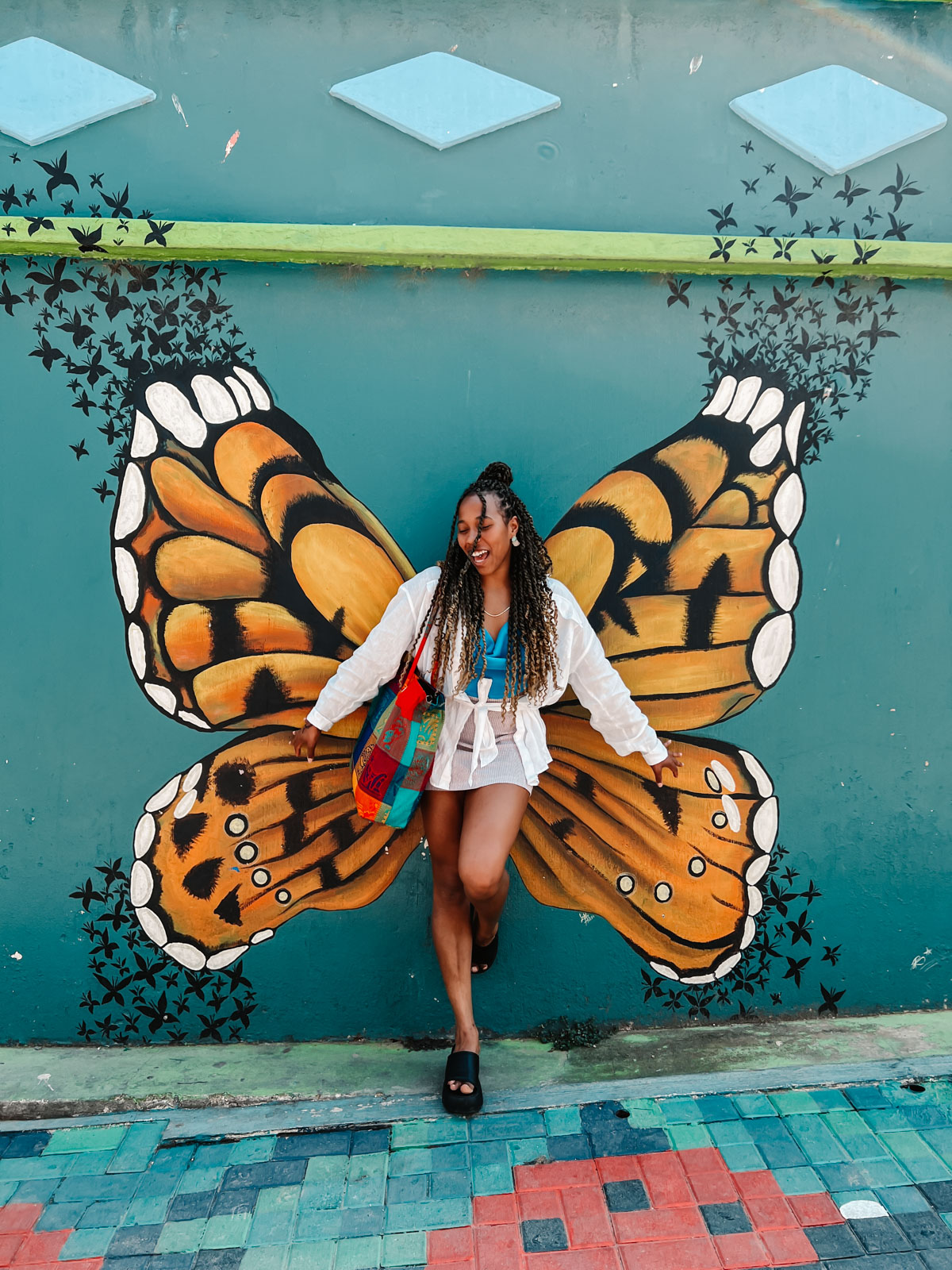
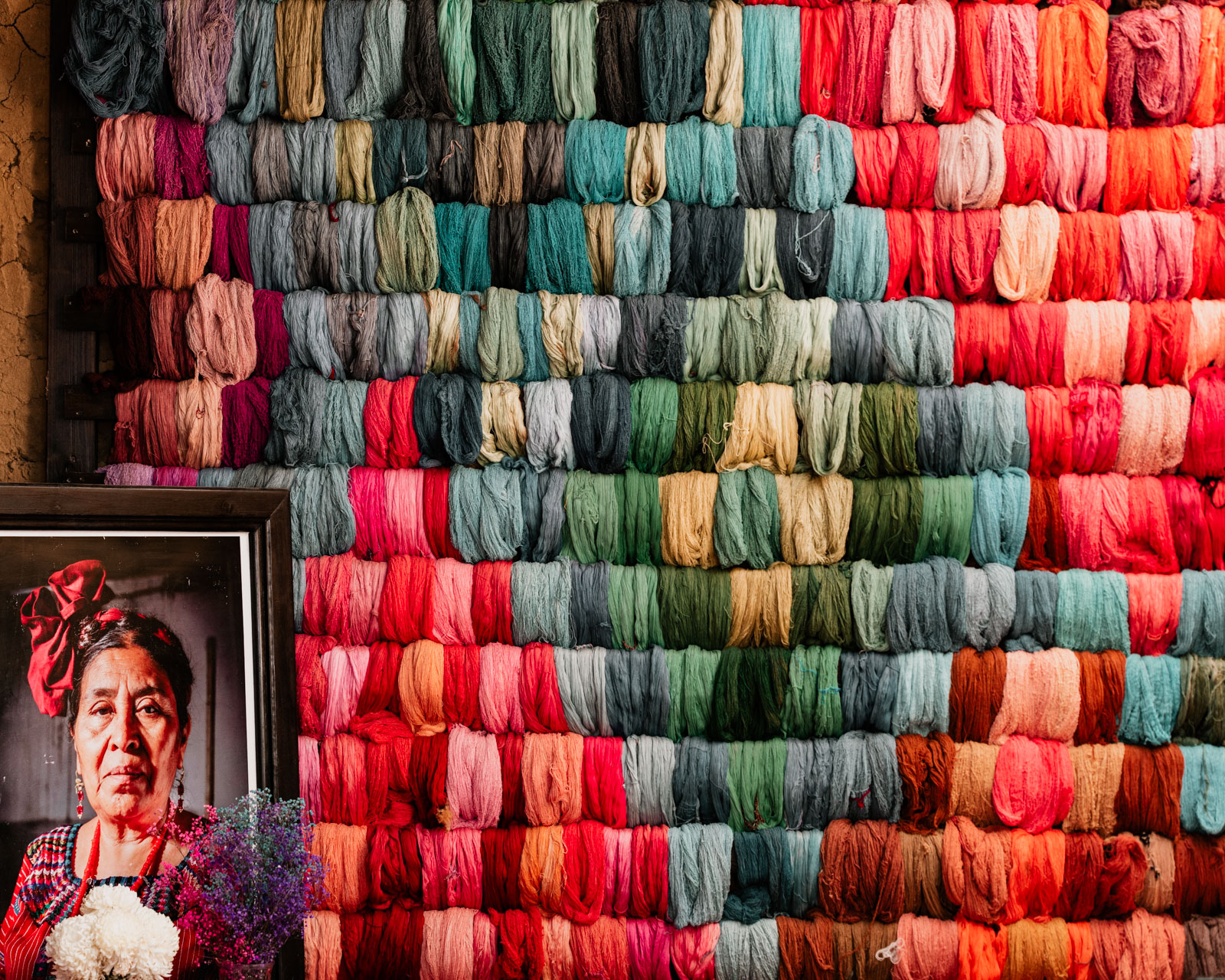

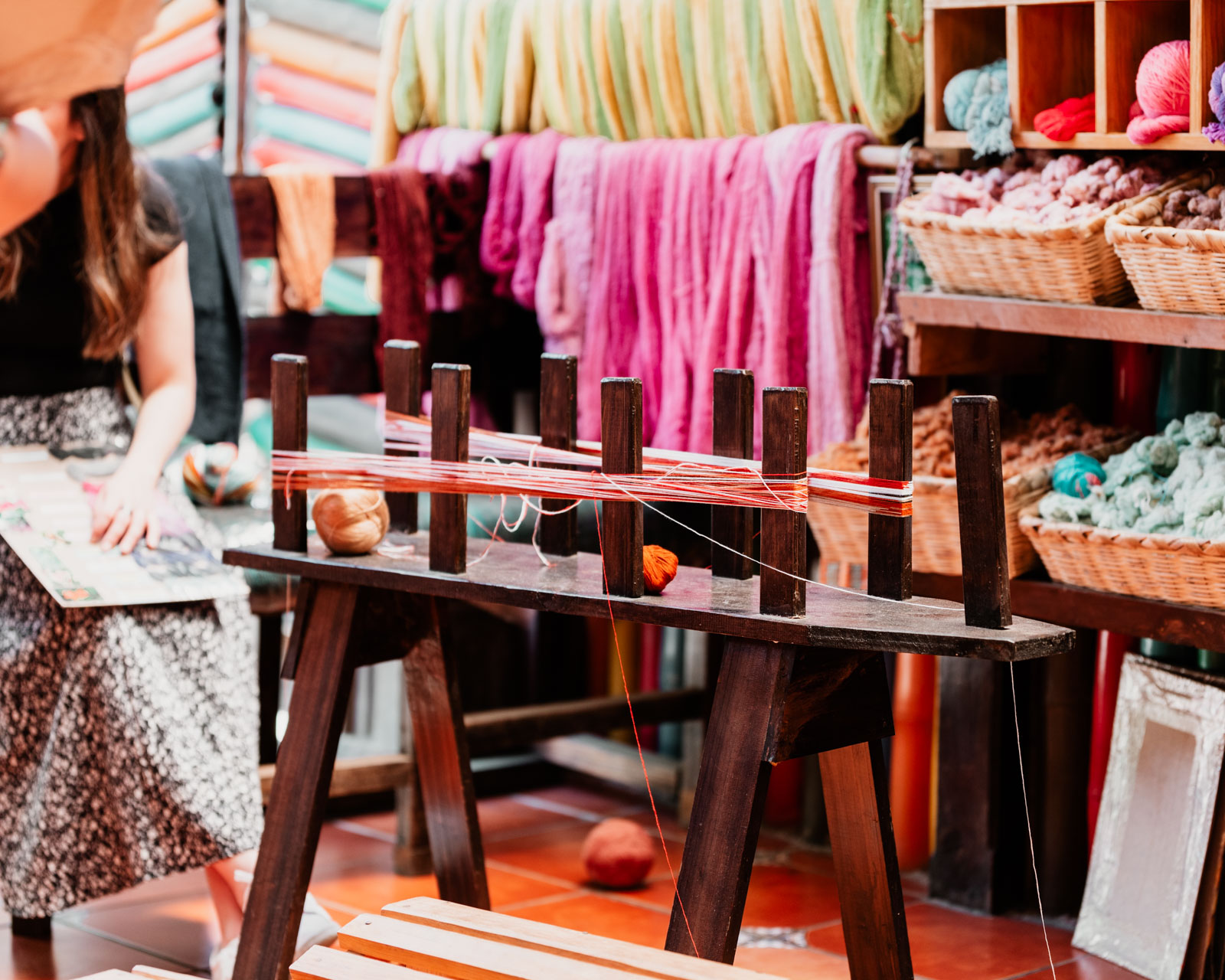
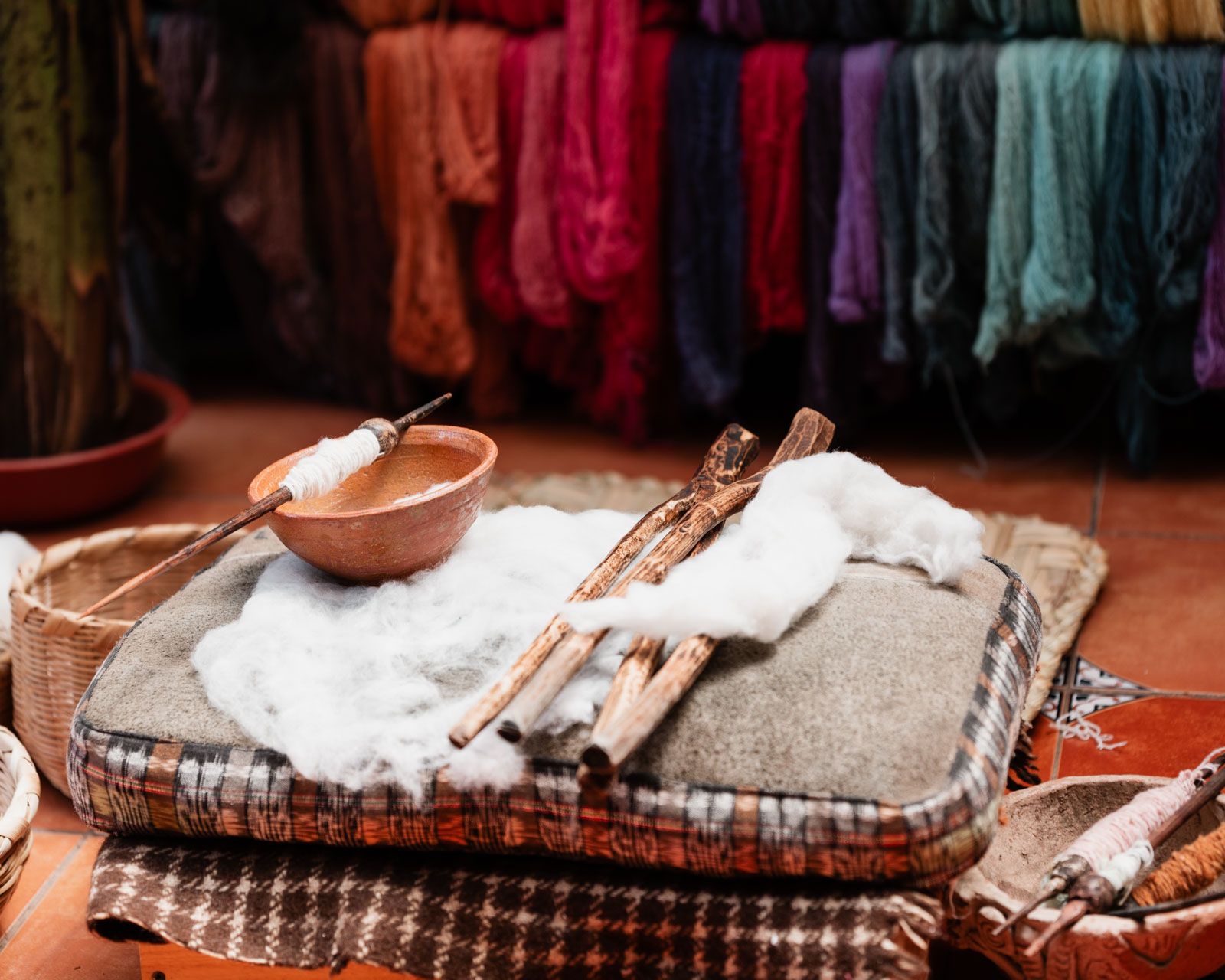
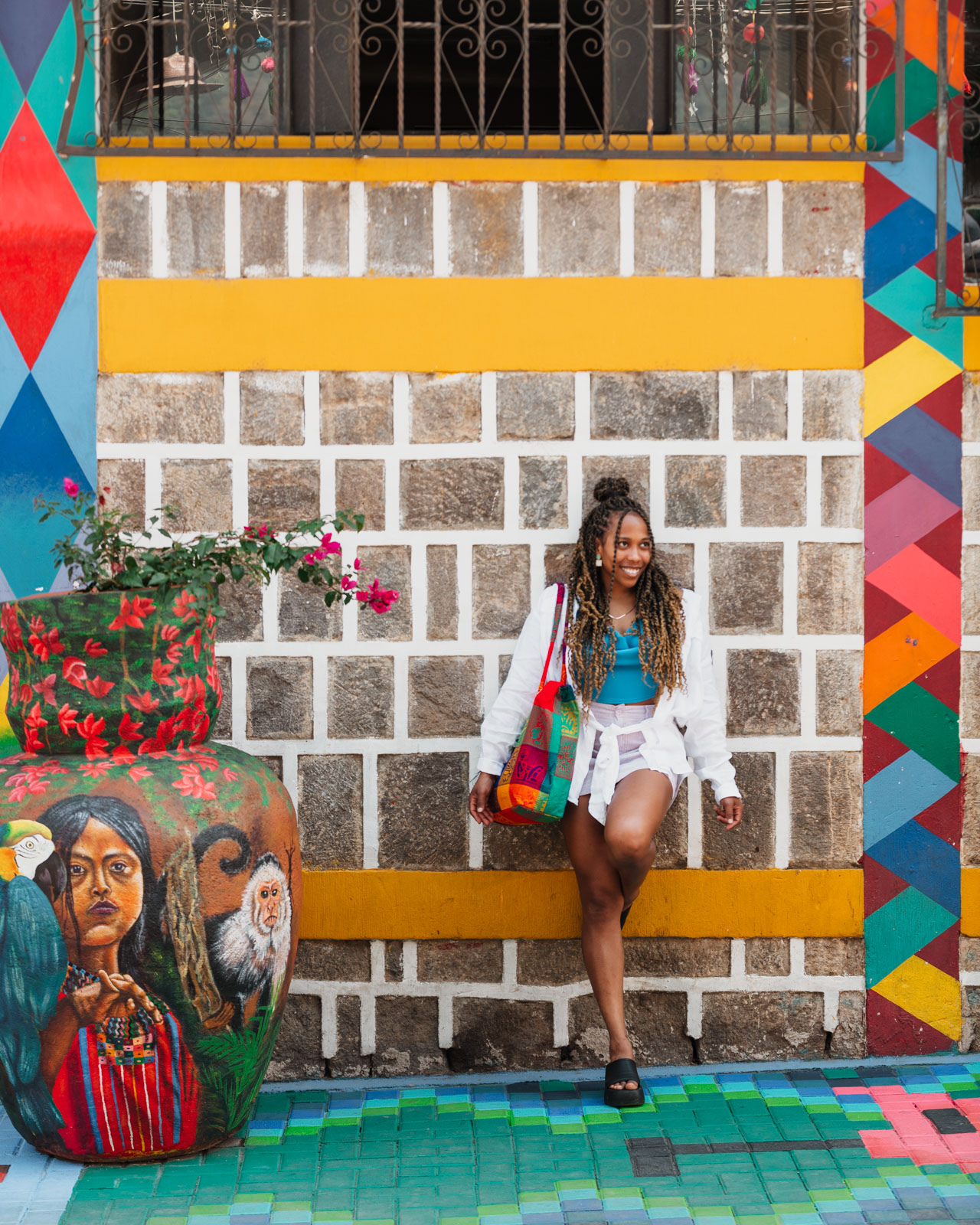
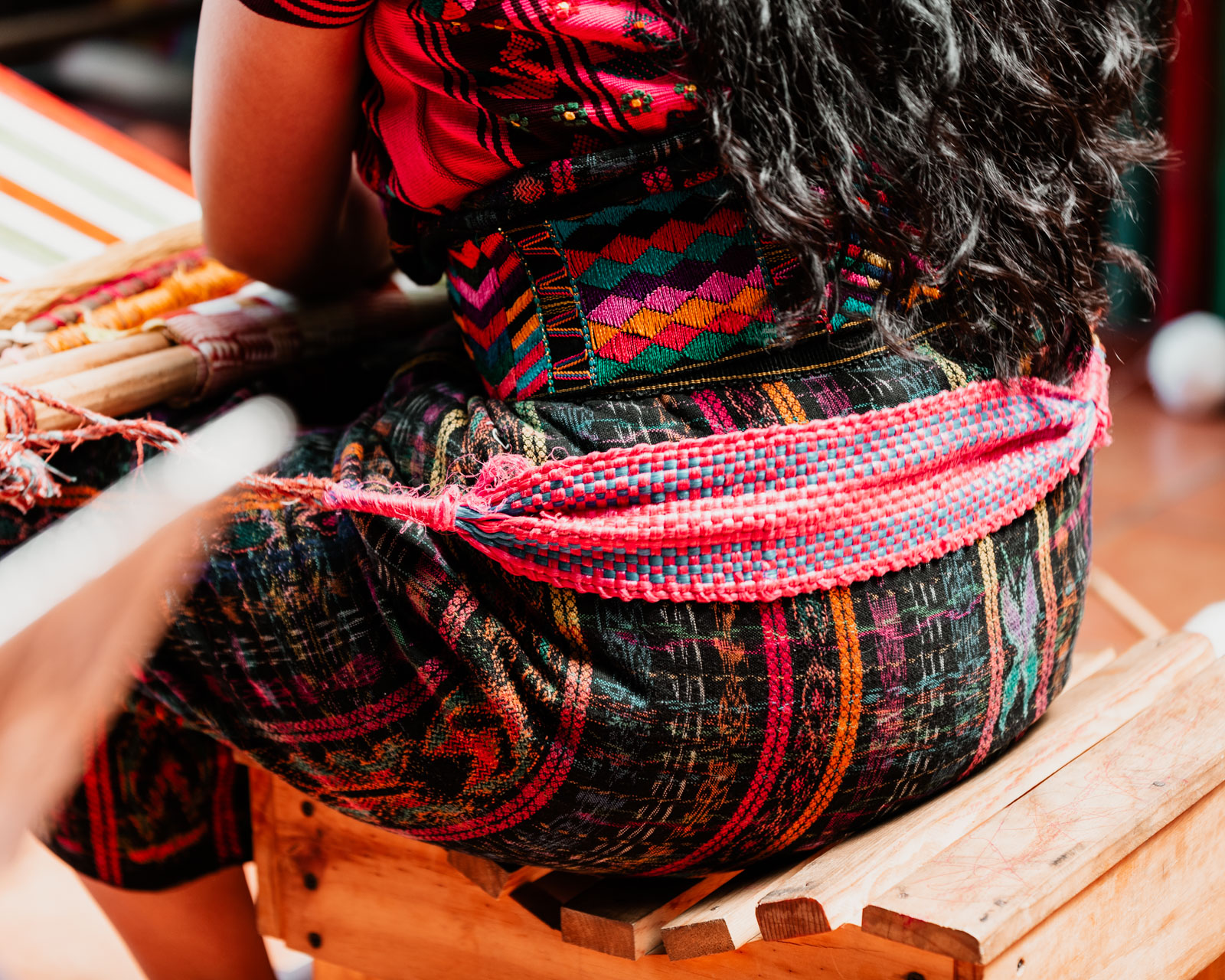
Visit the indigenous village of San Juan Laguna
San Juan La Laguna is one of the more low-key villages around the lake, known for its weaving and local art. You can visit workshops, see how natural dyes are made and watch the full weaving process from start to finish. My favorite workshop was Casa Flor Ixcaco where we watched the textile making process and received a history lesson at the same time. You can also explore the town’s narrow streets and colorful murals.
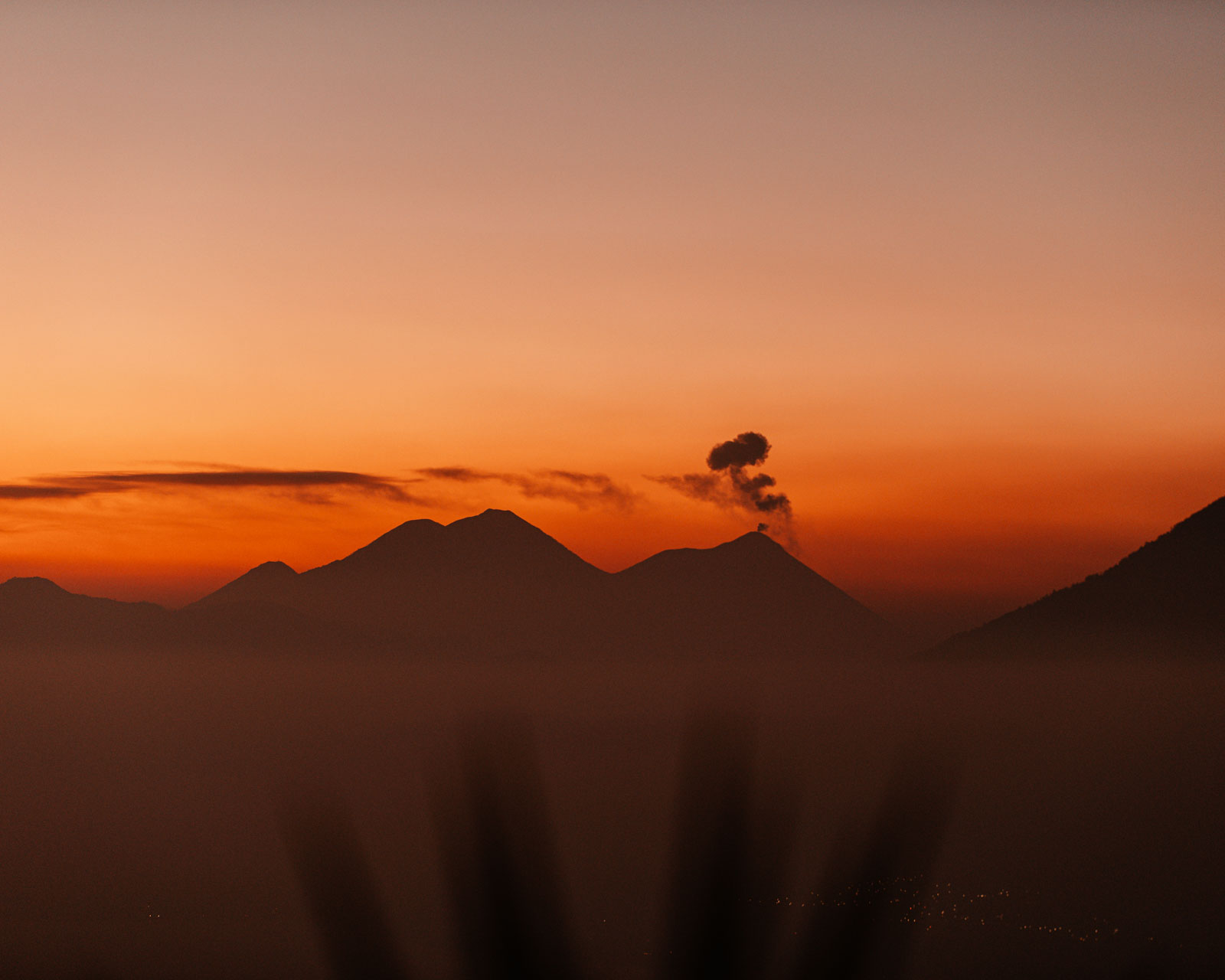
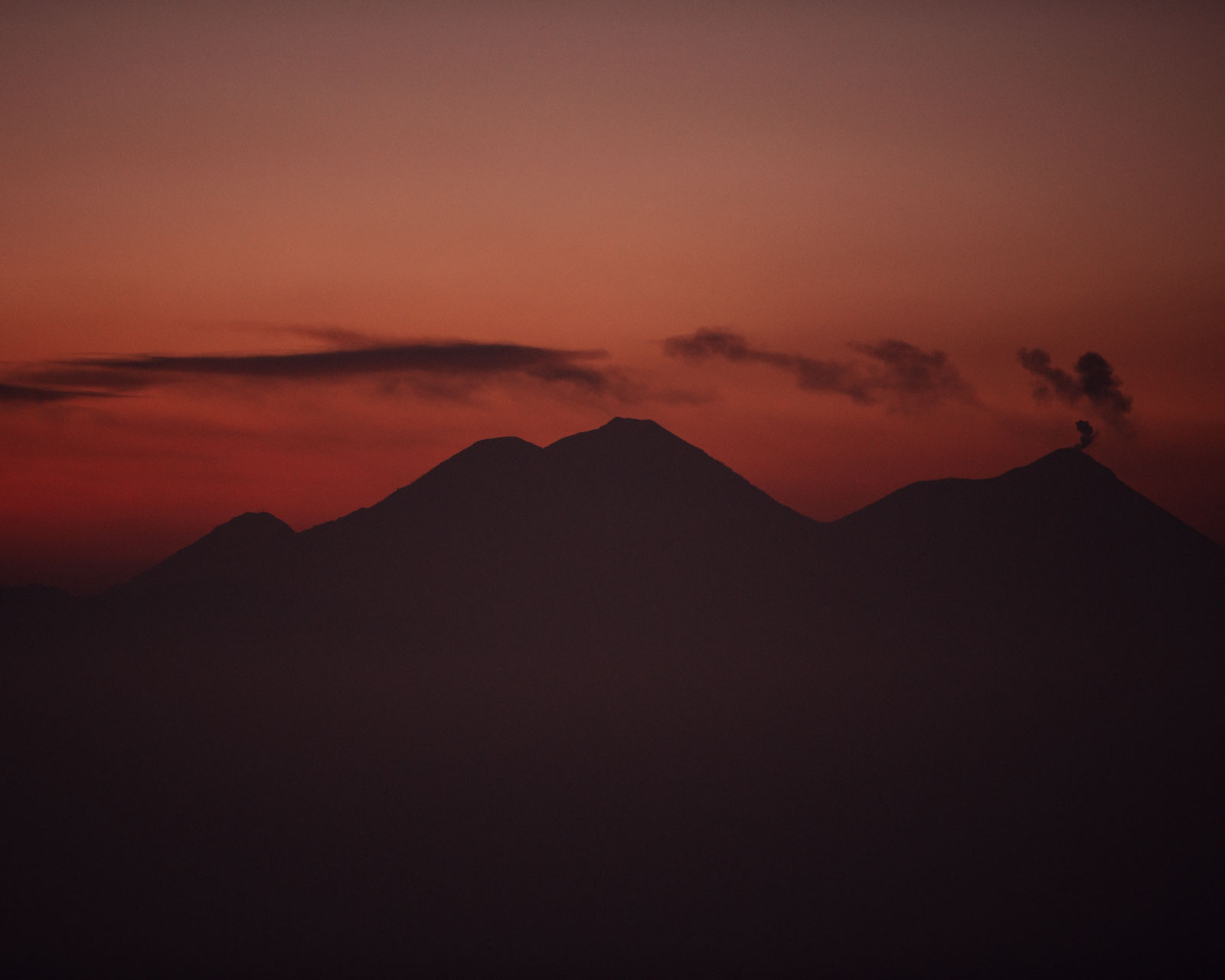
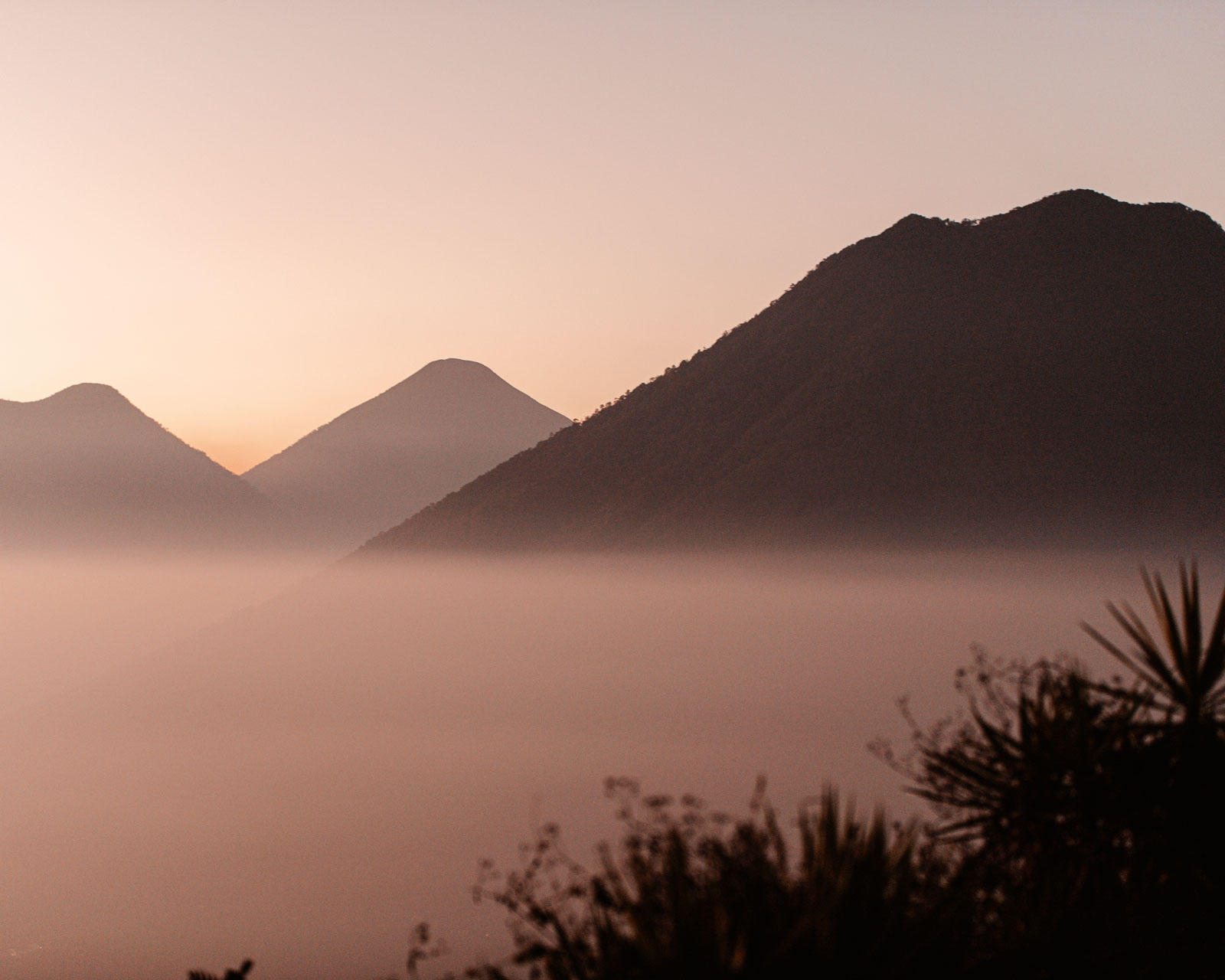
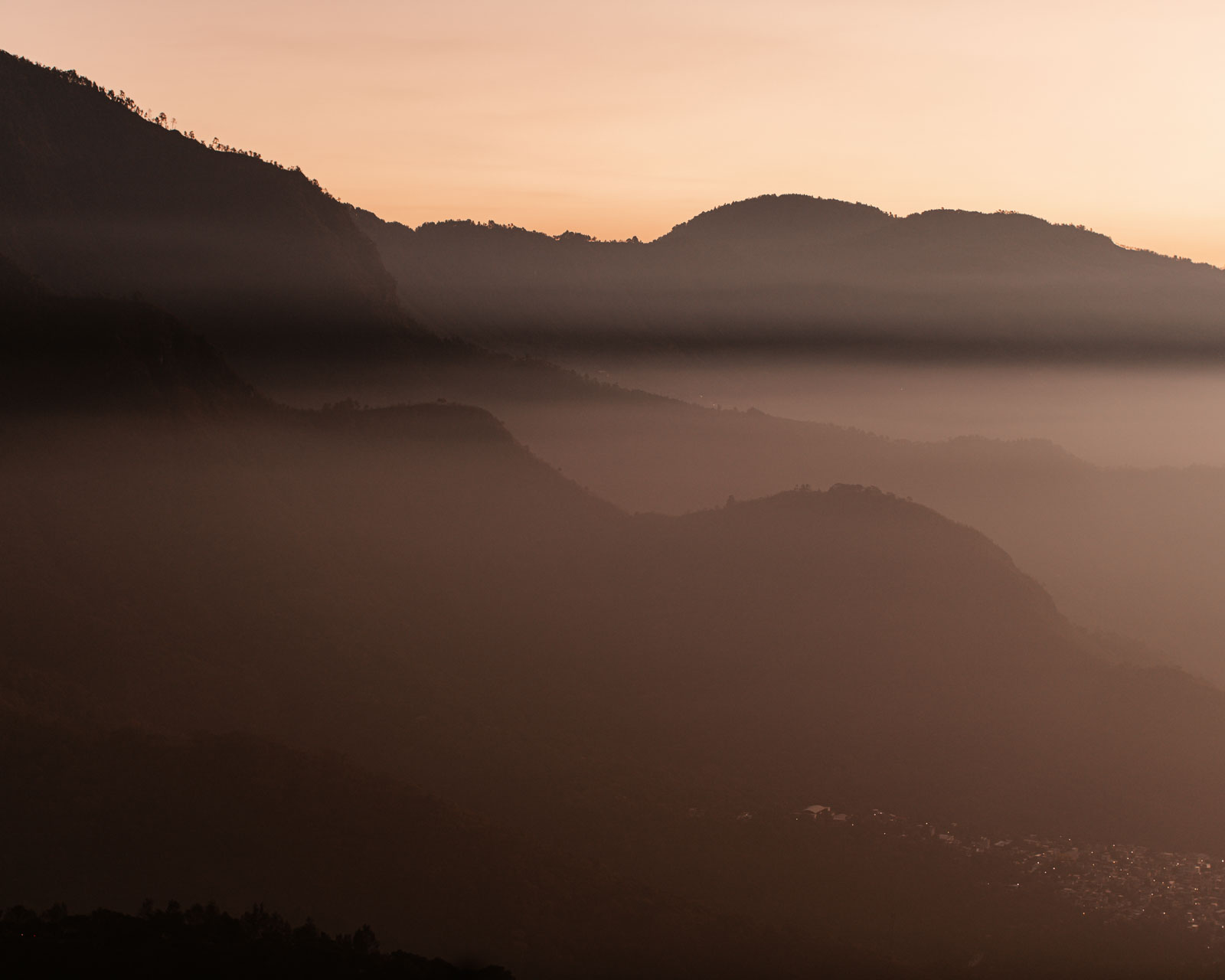
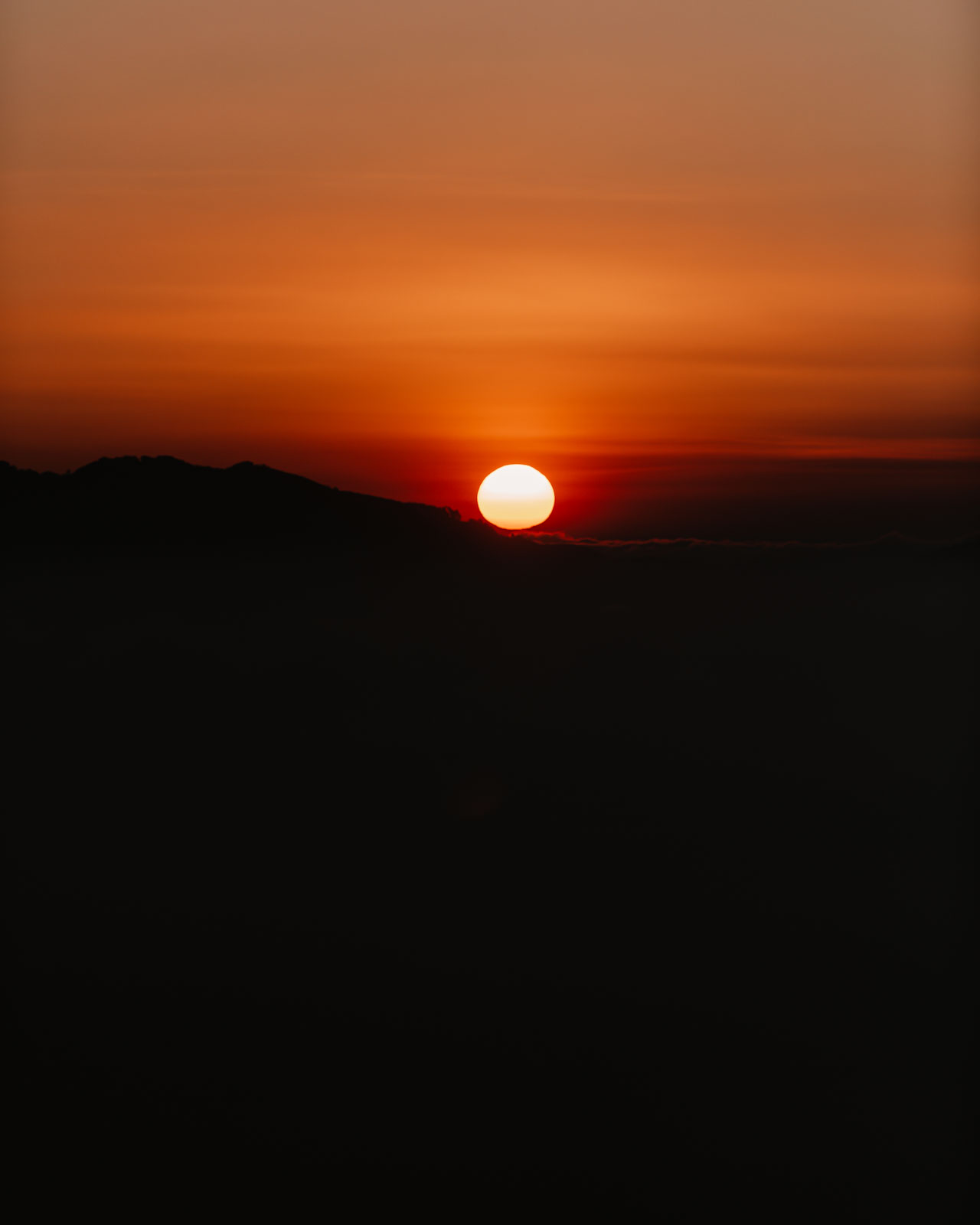
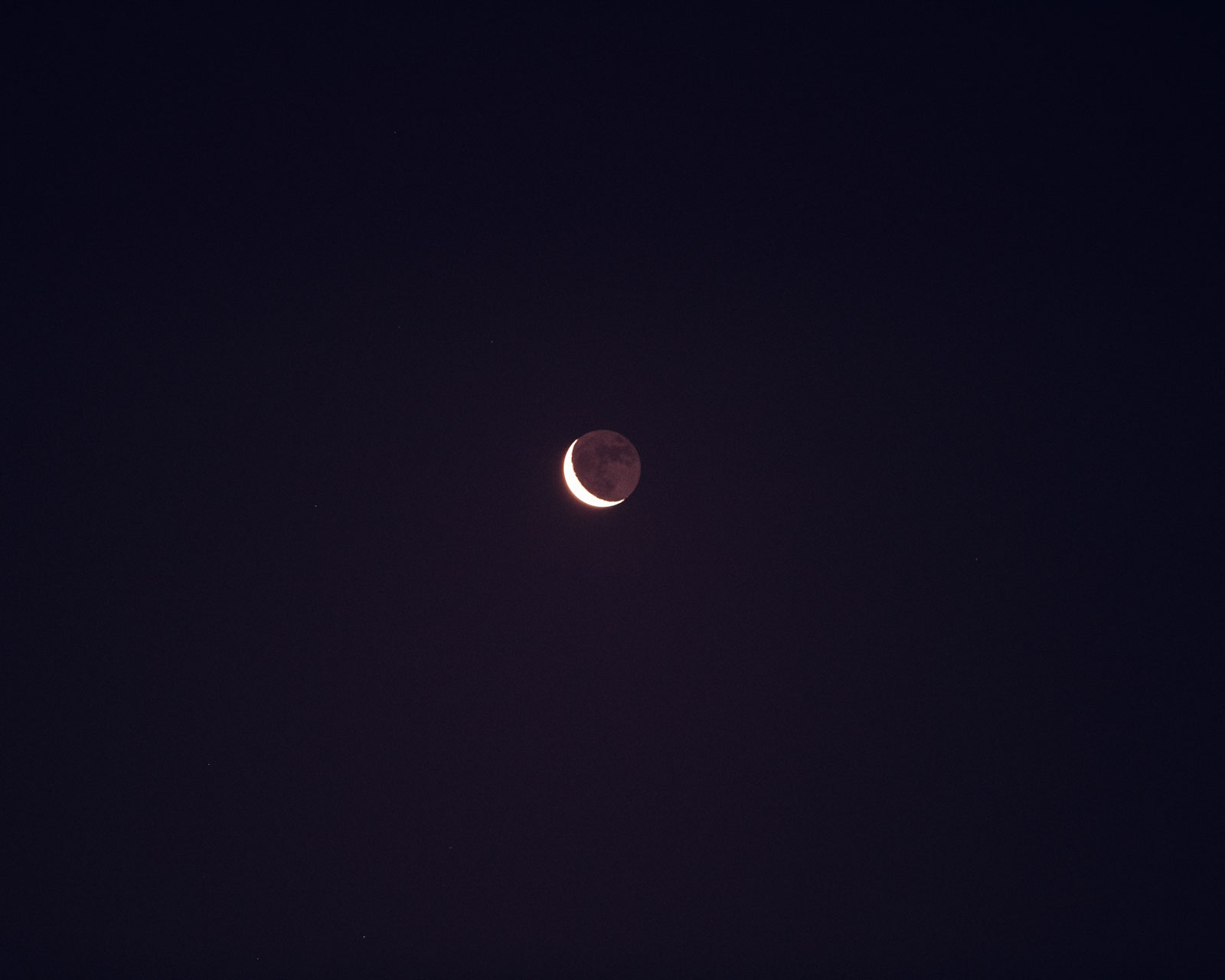
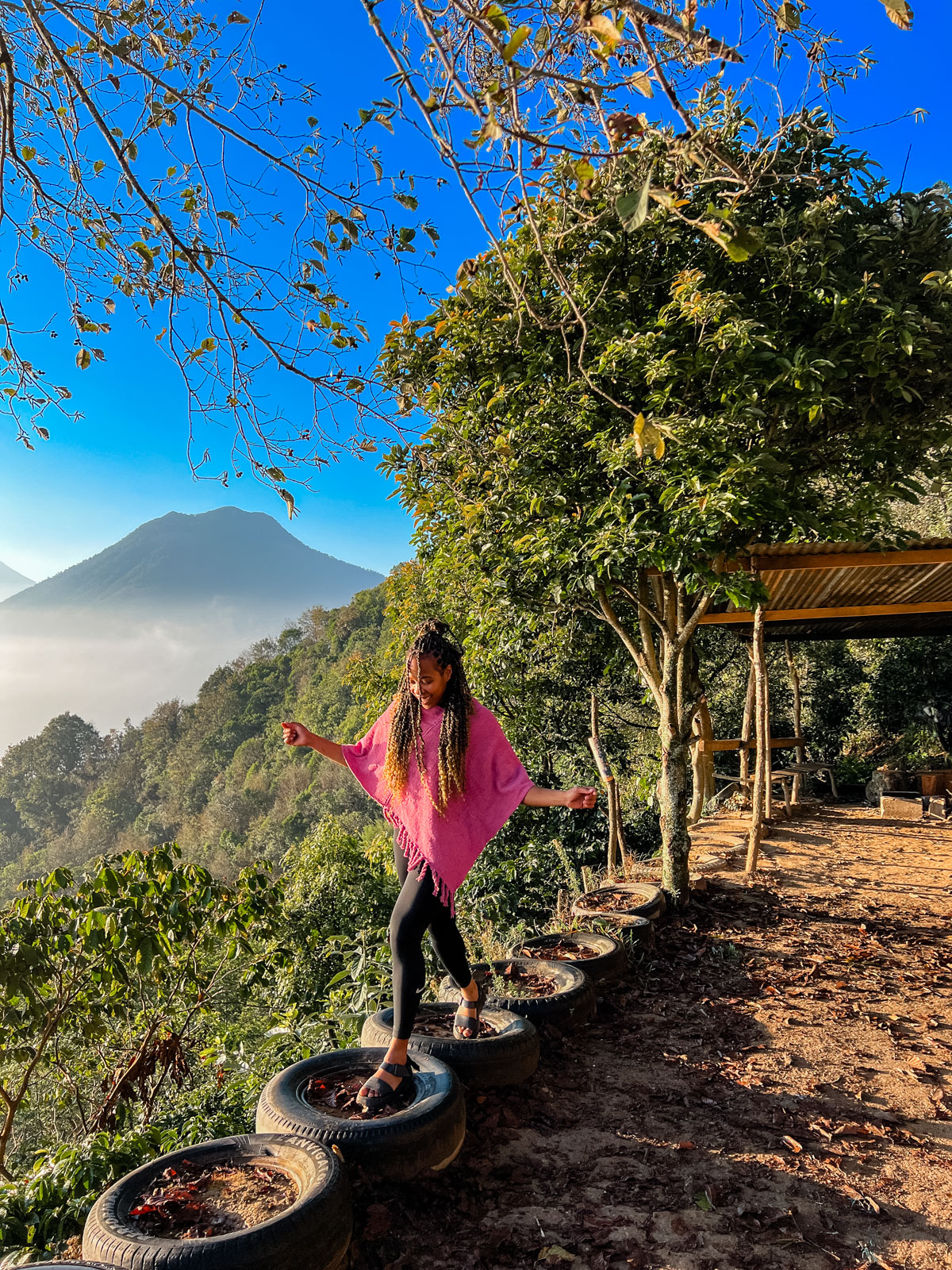

Indian Nose Hike for Sunrise
We did the Indian Nose hike for sunrise, and it’s one of the more popular trails around the lake for a reason. The hike starts early, around 4am and takes about 1.5-2 hours to reach the summit. The trail is steep and can be challenging but the views of the surrounding volcanoes and lake are worth it.
You can hire local guides or go with organized tours from Panajachel or San Pedro. Don’t forget to pack warm clothes, some water and snacks.
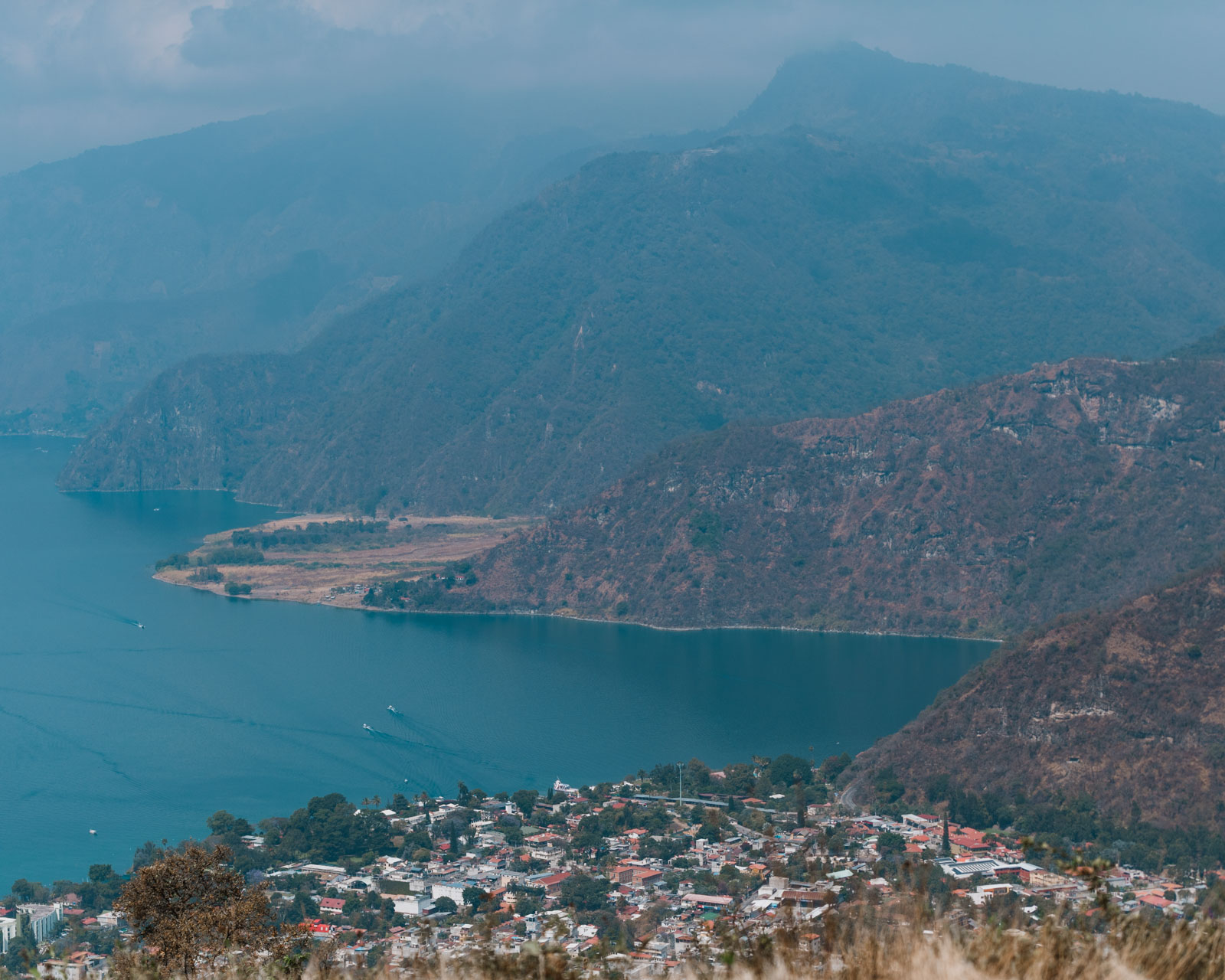
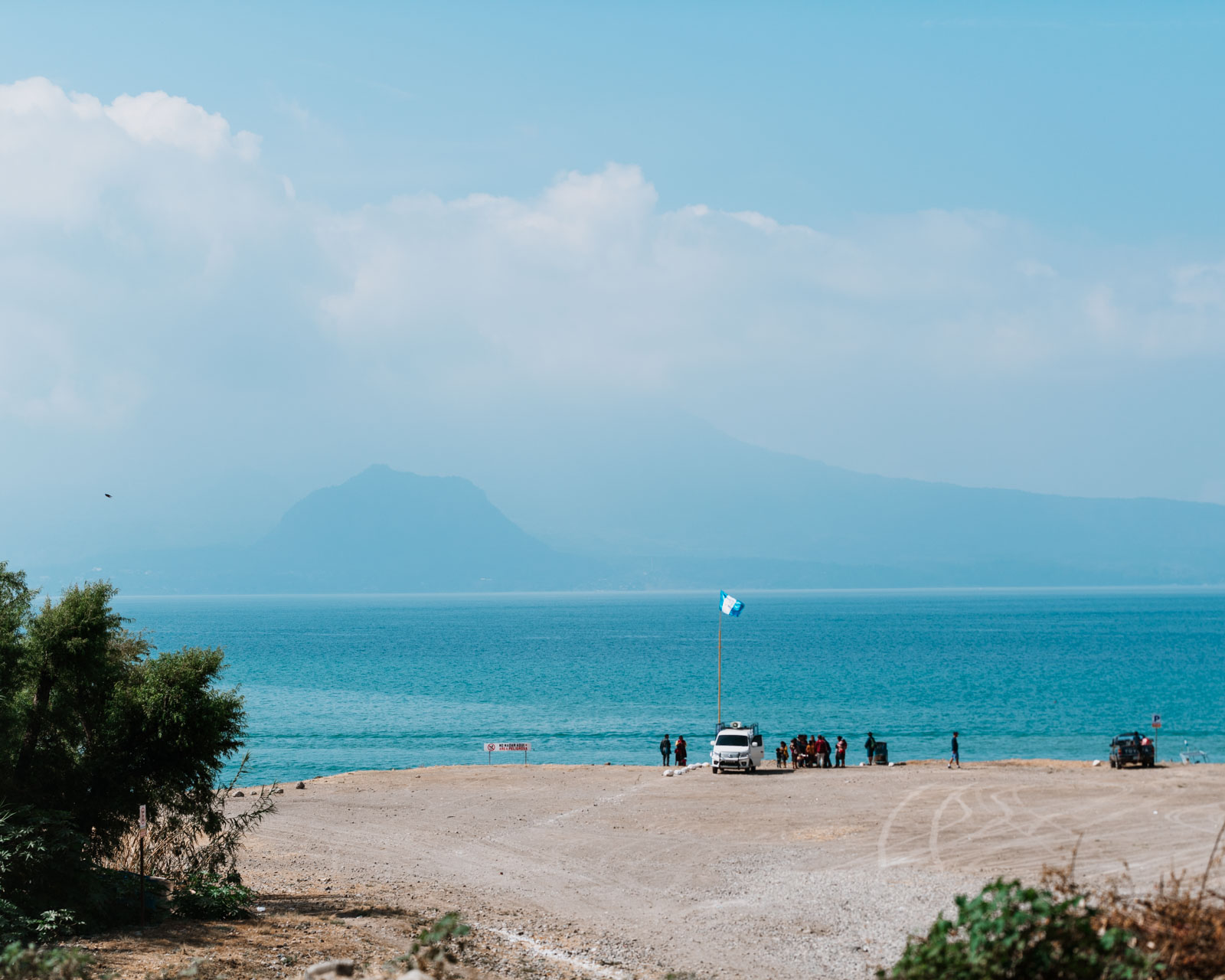
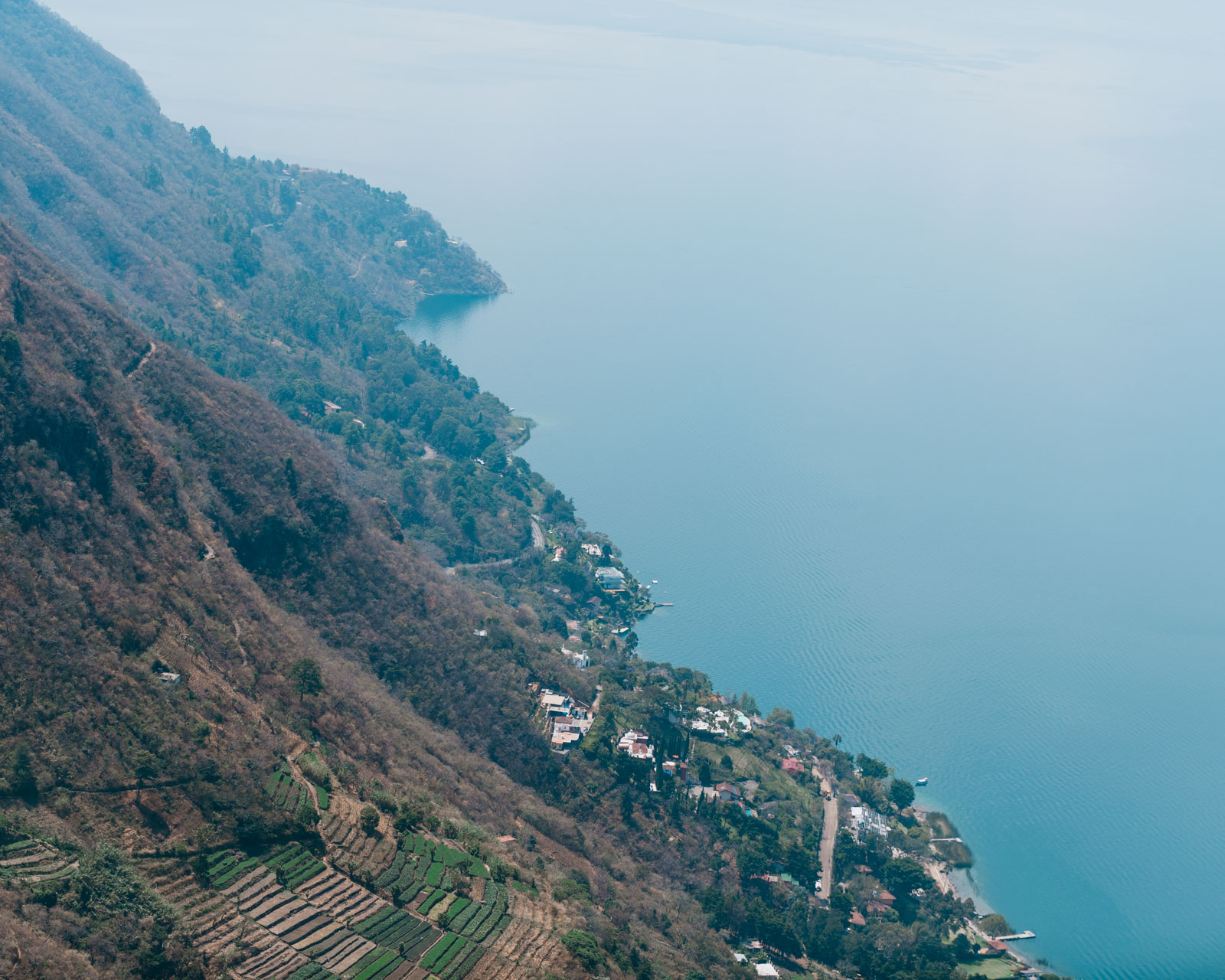
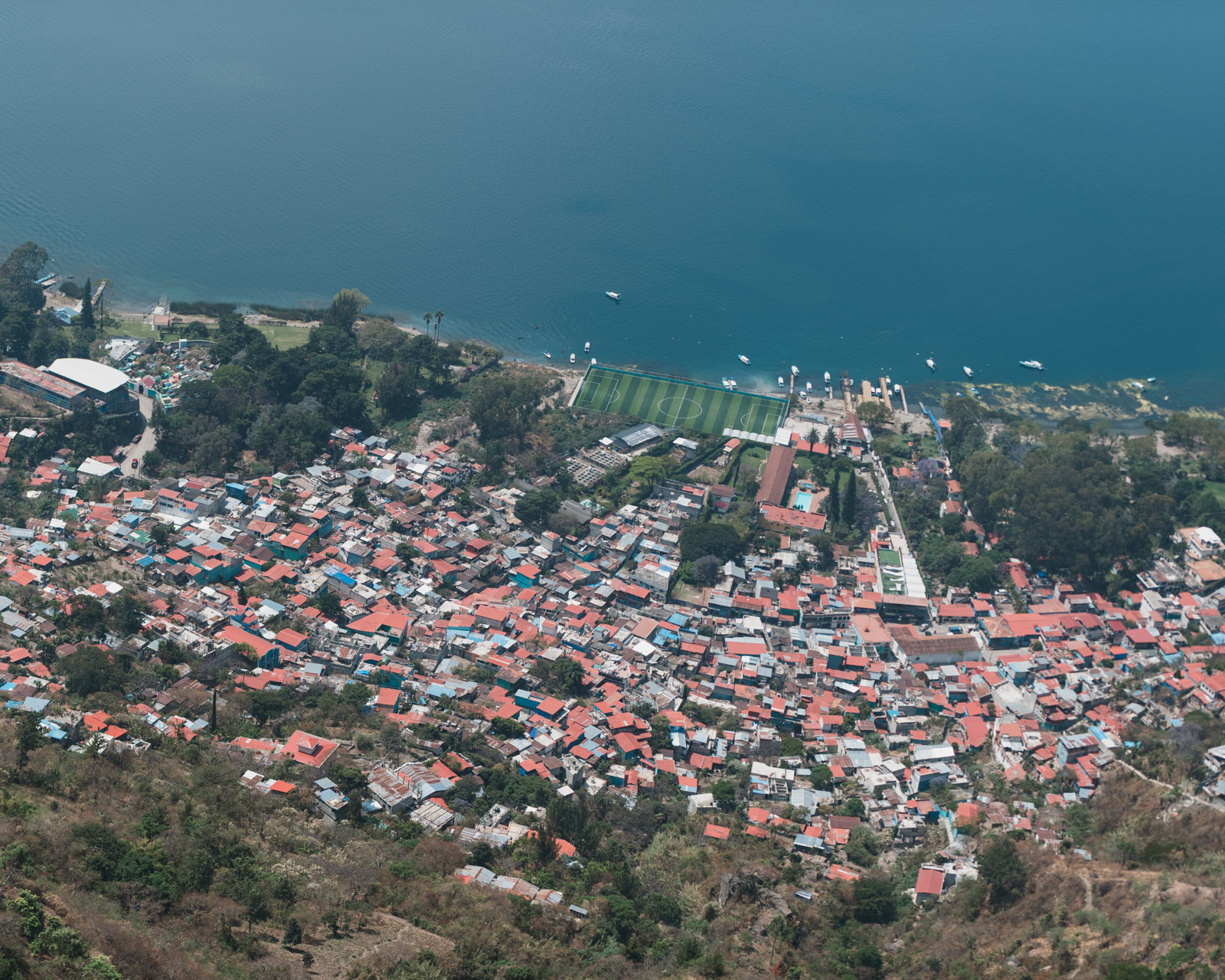
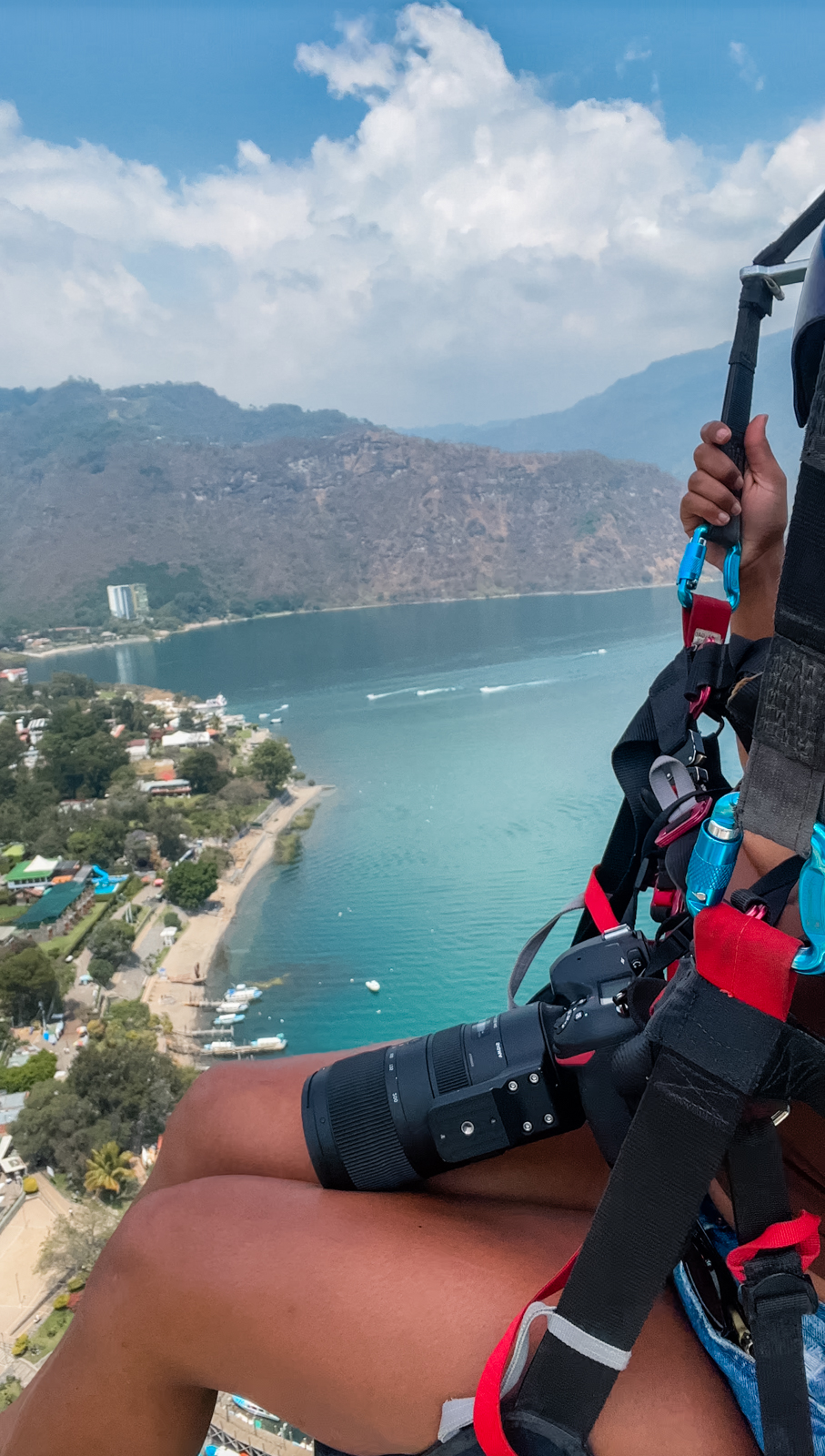
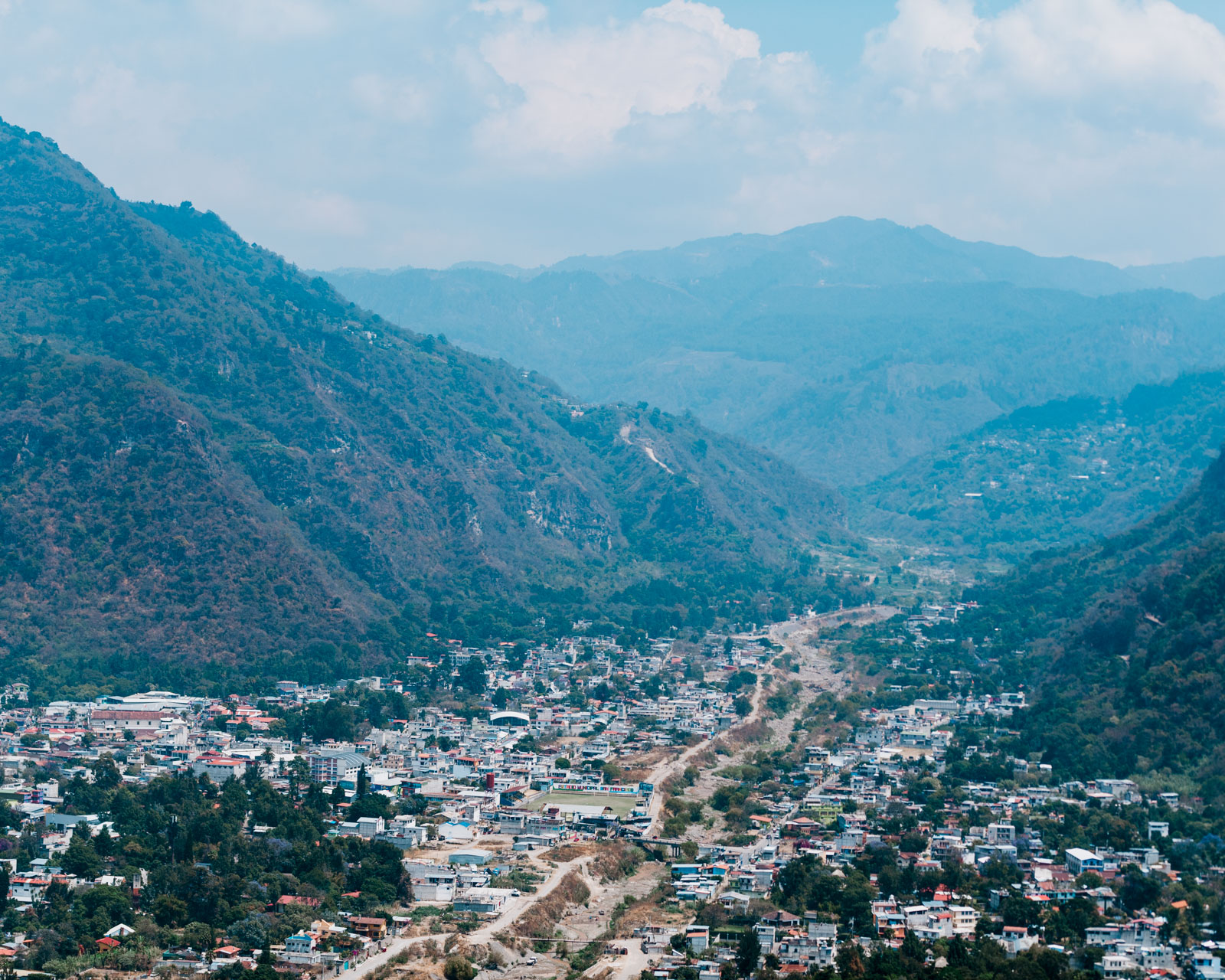
Paraglide in Panajachel
Paragliding in Panajachel was easily my favorite activity at Lake Atitlán! We took off from a hilltop above town, with wide views of the lake and surrounding volcanoes. The pilots gave a quick safety briefing, got us into the gear, and handled most of the setup.
What they didn’t mention? It’s the passenger—me—who has to run off the edge of the cliff to get airborne while the pilot steers from behind. Not exactly a small detail if you’ve never done anything like this before. My heart was absolutely pounding but once we were off the ground and gliding, I knew I wasn’t going to die. Everything after that was actually pretty great.
If you’re looking for a shot of adrenaline, this is it.
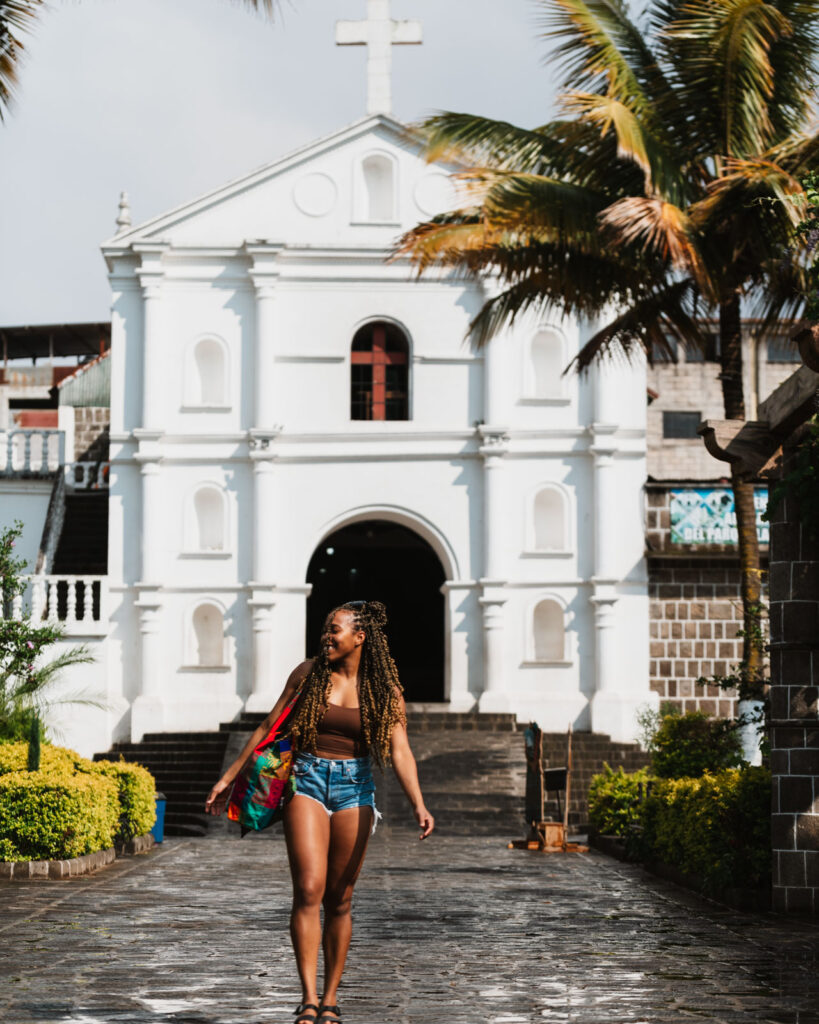
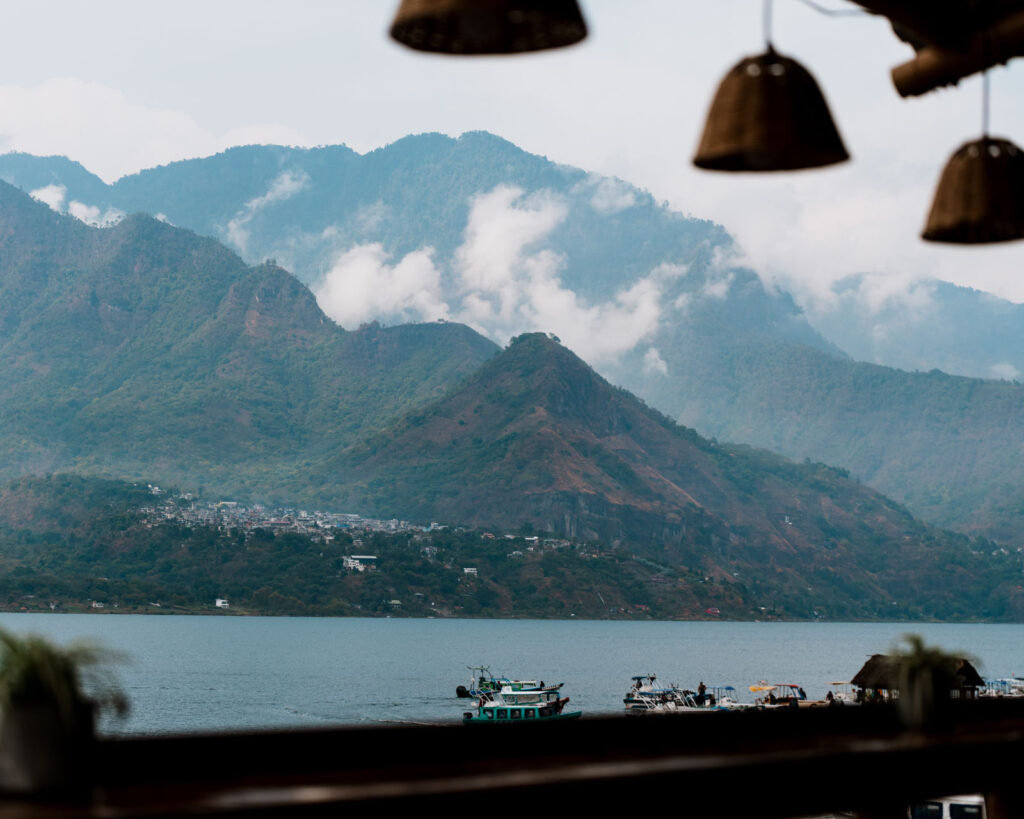
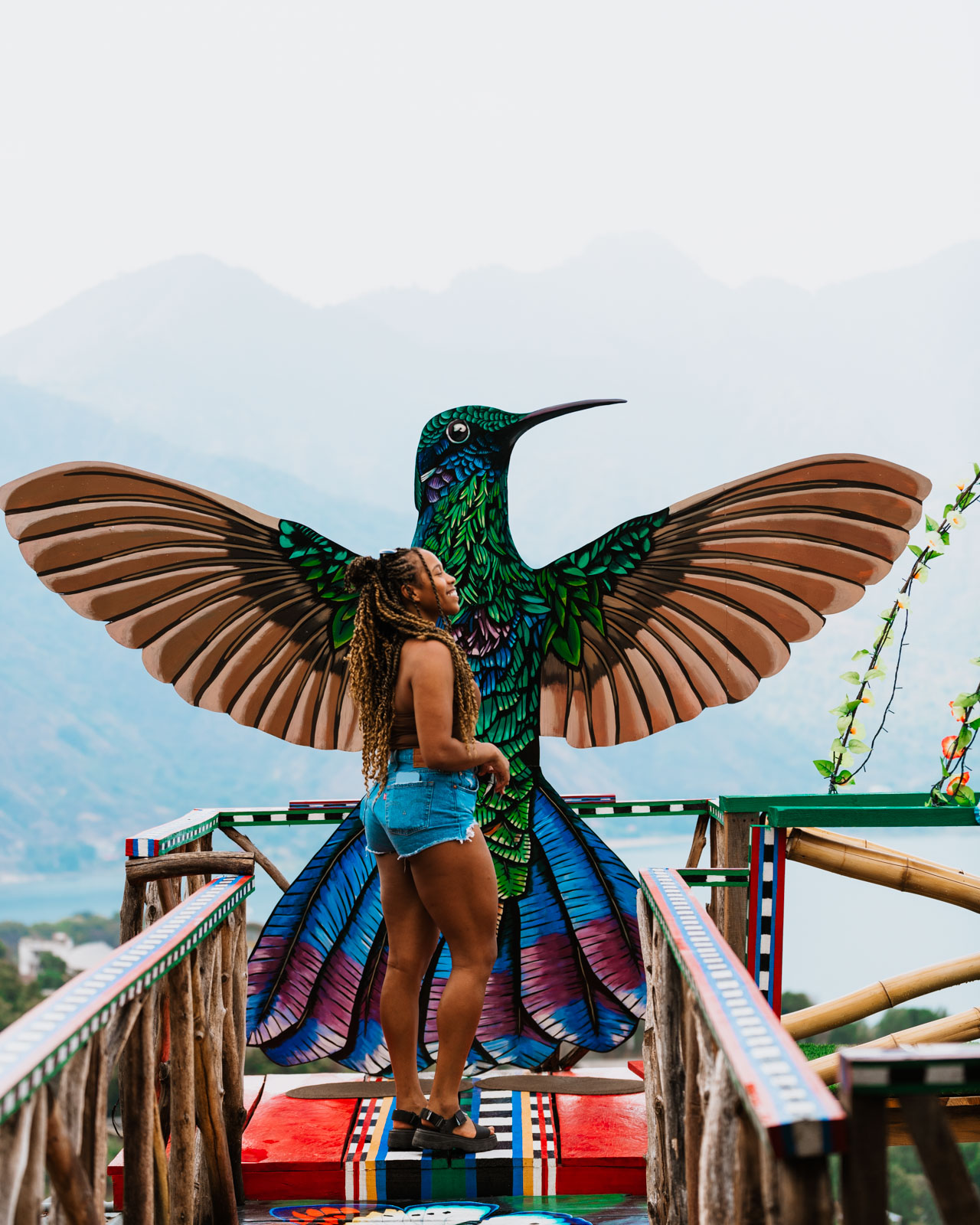
Visit other indigenous villages
Up until my visit to lake Atitlán, I had never heard the Mayan language spoken in real life.
One of the most notable aspects of the indigenous villages is the diversity of languages spoken. While Spanish is the official language of Guatemala, many Mayan languages are still spoken in these communities. Each village has its own distinct dialect, which reflects the unique history and culture of the people who live there.
In addition to language, the villages also differ in terms of art, music, and other cultural expressions. For example, San Juan La Laguna is known for its weaving and natural dyeing. You can watch local women spin thread from cotton or wool, and use plants like indigo and cochineal to create vibrant colors.
Santiago Atitlán
Santiago Atitlan, on the other hand, has a rich history and a bustling market. You can explore the town’s cobblestone streets and visit its many churches and museums. The market is a great place to buy fresh produce, handicrafts, and other goods. It’s also home to the famous “Maximon,” a deity who represents a blend of Mayan and Catholic beliefs.
San Pedro La Laguna
San Pedro La Laguna is a popular destination for people seeking outdoor activities like hiking and kayaking. The village has a laid-back, bohemian vibe, and is known for its lively nightlife. You can rent a kayak and explore the lake, or hike up to the top of Volcan San Pedro for a stunning view.
Of course, there are many other indigenous villages around the lake, each with its own unique character and attractions. Some are only accessible by boat, which makes them feel more off-the-grid.
I think it’s important to note that while the indigenous villages of Lake Atitlán are certainly a tourist destination, they are also home to real people with real lives. We should be respectful of local culture and traditions, and avoid treating the communities as a spectacle or photo opportunity. Supporting local businesses and buying authentic handmade crafts is a great way to contribute positively to these communities.
Tips
- To get in between the villages on Lake Atitlán, a Lancha, also known as a taxi boat is required. They cost anywhere from 20 to 25 quetzales.
- Carry more than enough cash because the atms have limits and aren’t always reliable.
- Bring comfortable shoes. Jumping off and on the taxi boats require stable, comfy shoes.
- Plan to visit only 1 to 2 villages per day. Any more will leave you exhausted.
Where to stay on Lake Atitlan
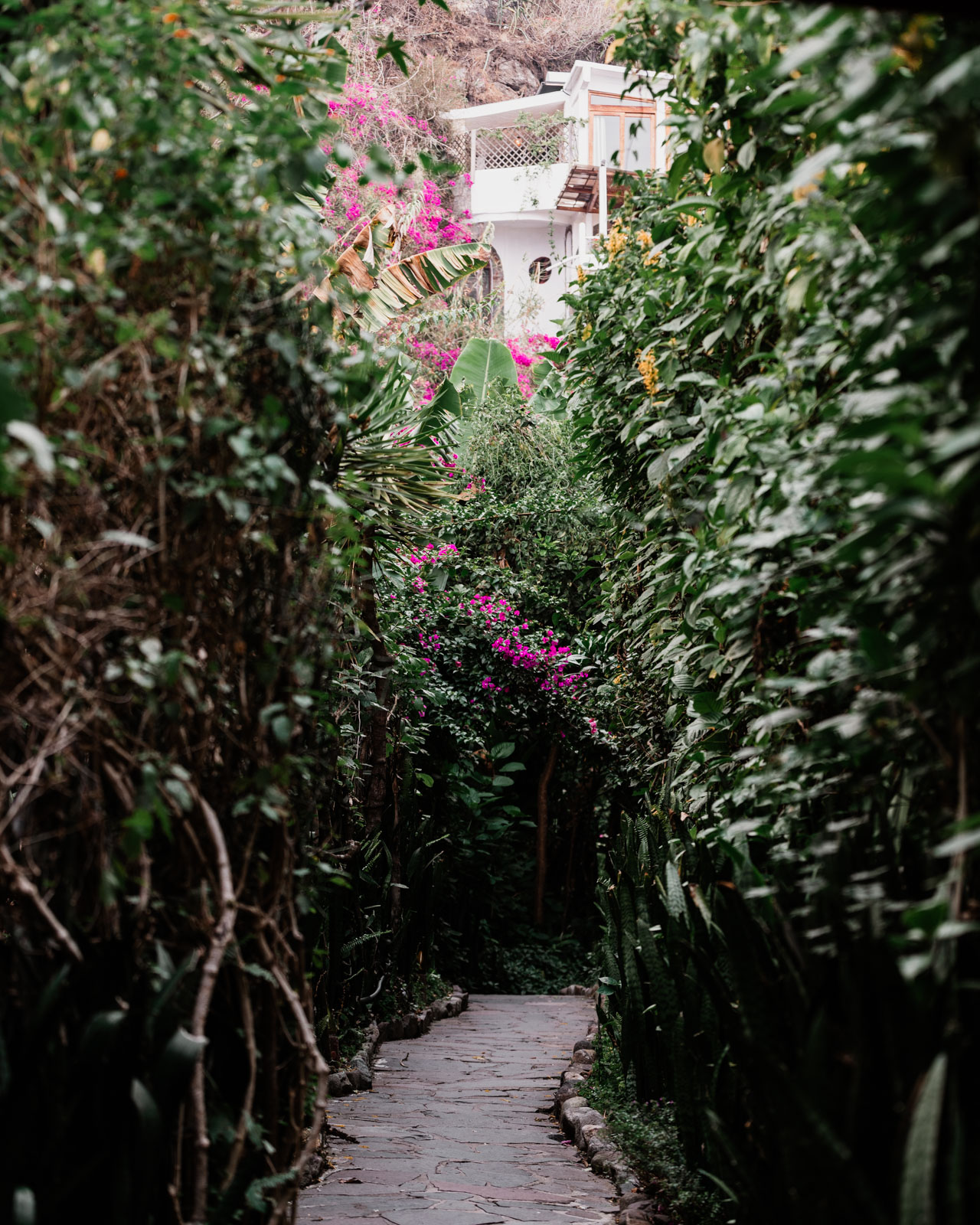
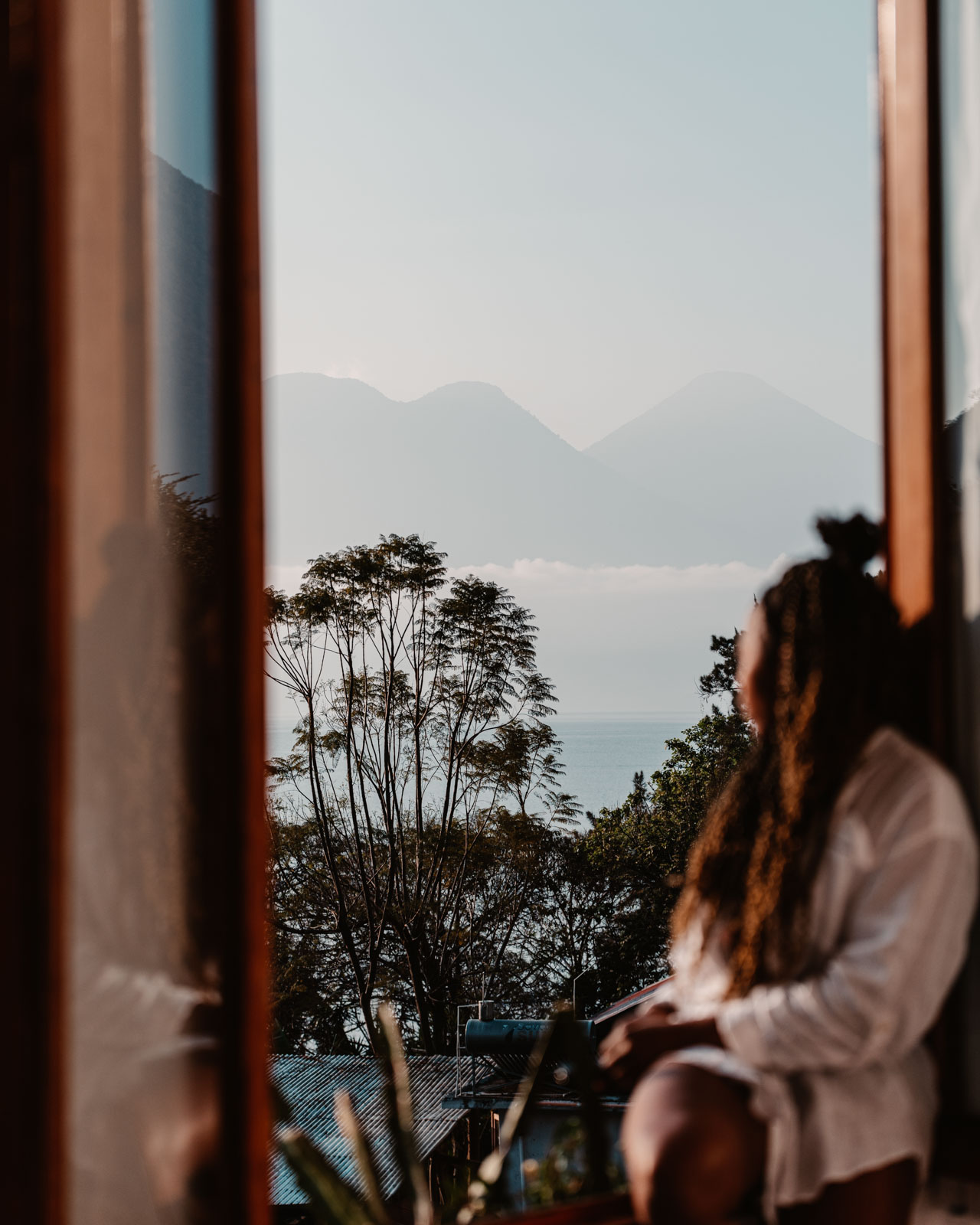
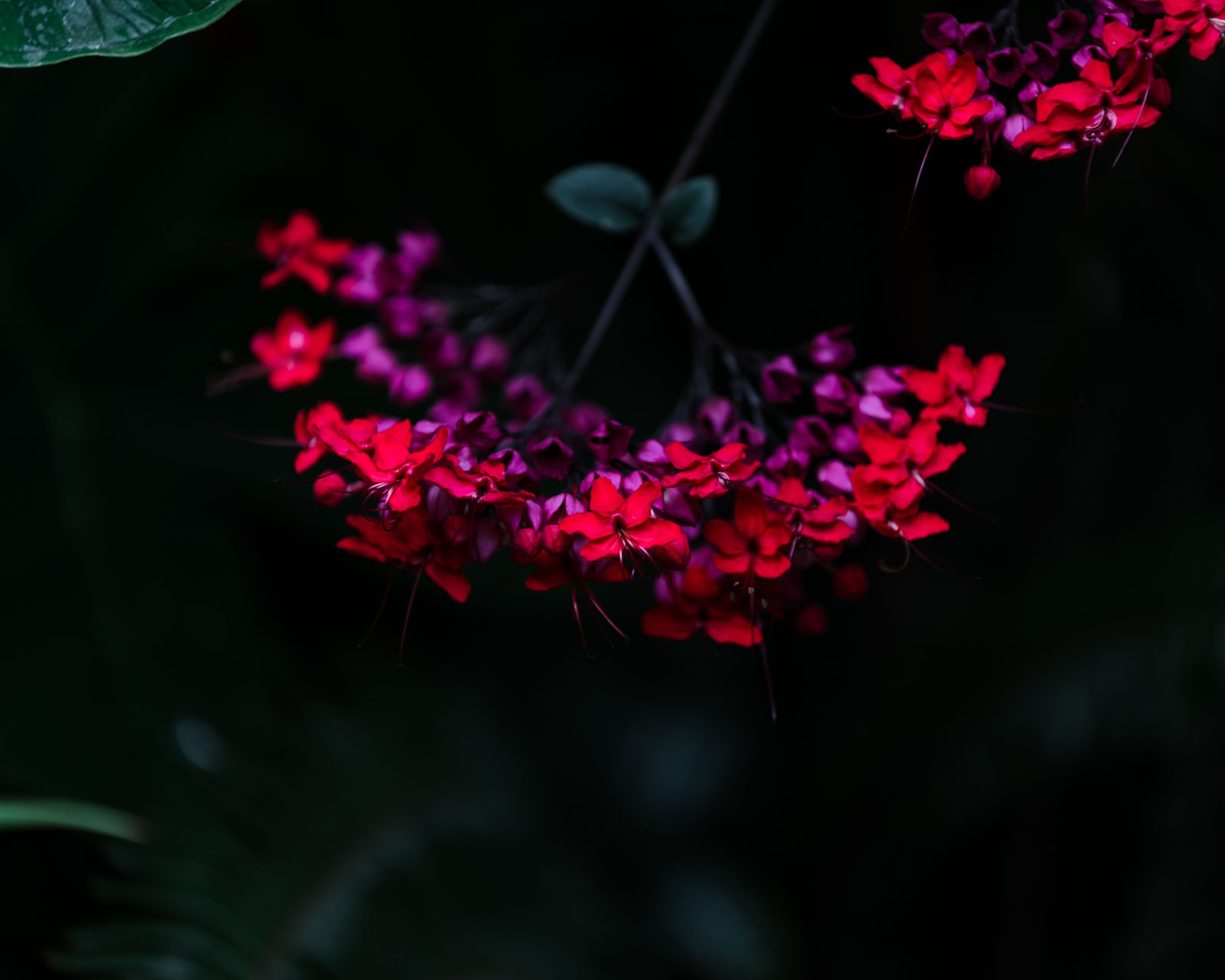
It depends on which village you’d want to make your base. They each have their distinct appeal and the options are endless.
- Lush Atitlan – Featured in the images above in San Marcos
- Sababa Resort – San Pedro
- Villas Juacanya – Panajachel
- Hotel Toliman – San Lucas
- Atitlan Hotel – Panajachel
- Hotel Villa Santa Caterina – Santa Caterina
If you’d like a detailed itinerary to help plan the rest of your trip to Guatemala check out this blog post, Exploring the best of Guatemala.
Related
Leave a Reply Cancel reply
You must be logged in to post a comment.
Before you go, be sure to subscribe so you don't miss out on the latest blog posts, opportunity to travel with me and more!
Explore With Me
Thank you!
You have successfully joined our subscriber list.
design by oregon lane
privacy policy
all rights reserved